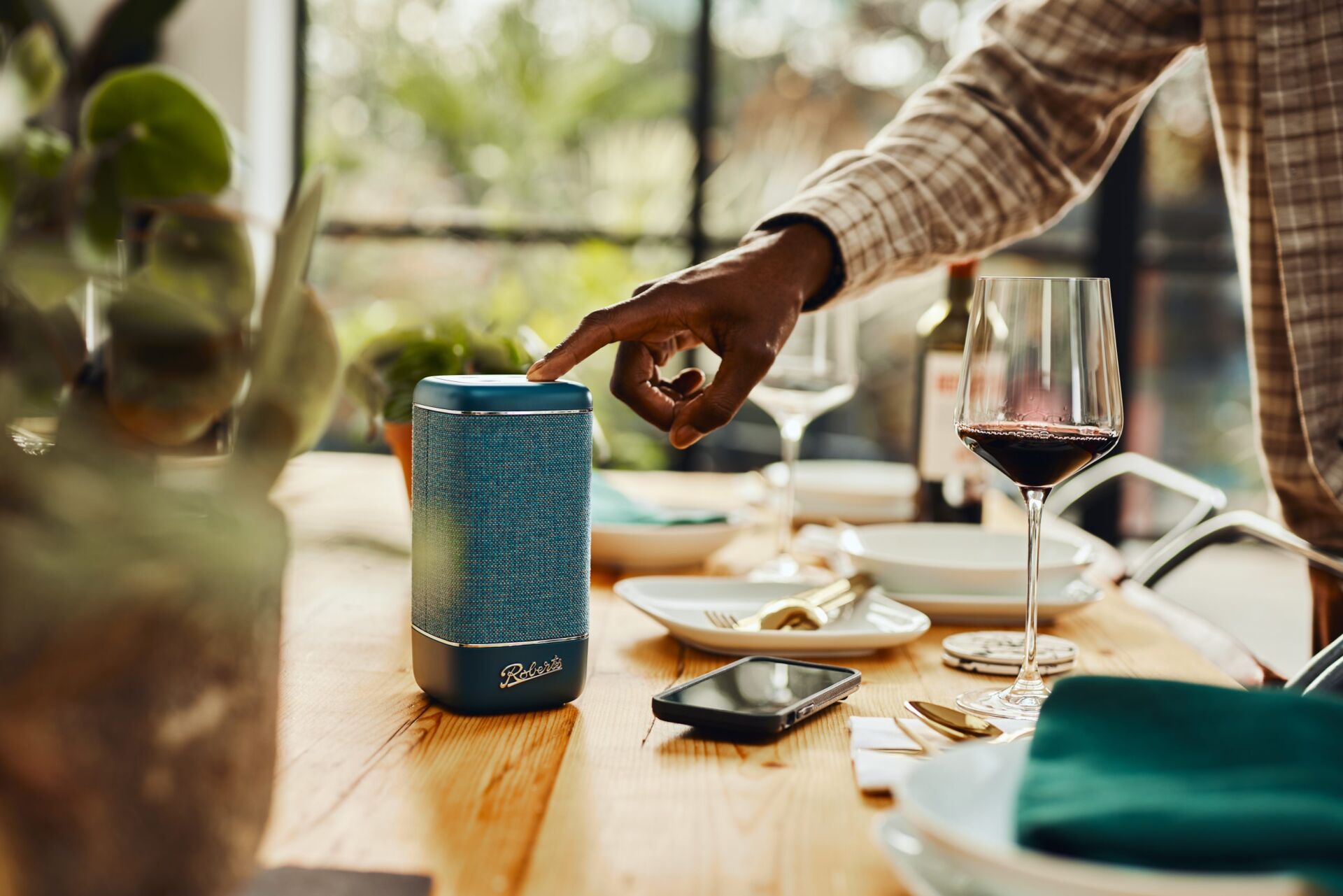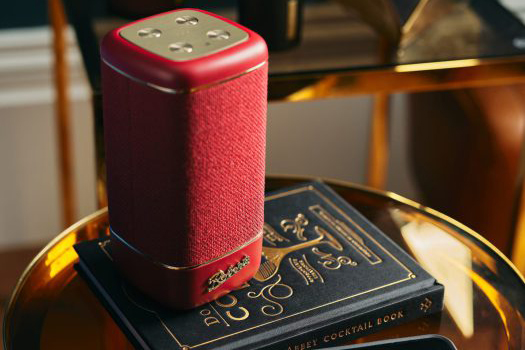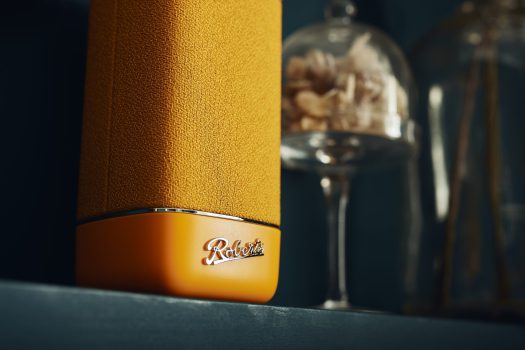Design from recycling
Roberts is a British consumer electronics company that makes audio products that are designed to excite the senses. Put simply, they make products that give more than just a listening experience, one of those products is the Roberts Beacon; a stylish Bluetooth speaker with a multidirectional design, bass boosting and an adjustable set of pre-set EQ profiles. The Beacon is even more special because it is now made of 64% recycled plastic.
Pezy Group guided Roberts through developing their roadmap, defining new projects, and providing further support where needed. In this successful project, the full proof was delivered on how to produce the new Beacon 325 (an upgrade on the Beacon 320) with 64% recycled plastics while maintaining high-quality performance.
This is a textbook example of how our Drop-In Approach™ is an effective assessment tool to provide companies with a roadmap, including pragmatic steps to come to a successful way of implementing r-plastics.
During this project, and any project involving recycled plastics, we had to carefully define the critical quality requirements for each product part. Combining the requirements with the current materials quantifies the opportunities for using recycled plastics.
In addition, not only did Roberts have to have confidence in using recycled plastics, but its suppliers also needed to be on board. Together, we embarked on this journey to overcome the challenges required to get to a more sustainable portfolio.


Process
Roberts reached out to Pezy Group for guidance and support to help them transition from using virgin plastics to recycled plastics in their products. Based on Pezy Group’s proven Drop-In Approach™, we created a roadmap for Roberts that defines projects contributing to a material transition of their portfolio. Defining the complexity of the produced parts of existing products determines the order of projects. Starting with low-risk, high-feasibility projects in which recycled plastics can be used quickly led to successful results and provided lessons that will be applied to the next steps.

Outcome
After overcoming the challenges, the project resulted in a product with several parts made from recycled plastic. Four (internal) parts have been made from recycled plastics, together accounting for 64% of the weight of plastics used. In the process, we tested several plastic grades from different suppliers. Finally, two materials were left to test before getting a pass on meeting all critical quality requirements.
Besides taking on the challenge of using recycled plastic, Roberts also focused on creating a 100% recyclable packaging. Both of these initiatives are in line with their goal of designing the Beacon, which is not only to deliver quality and style, but also to do good.